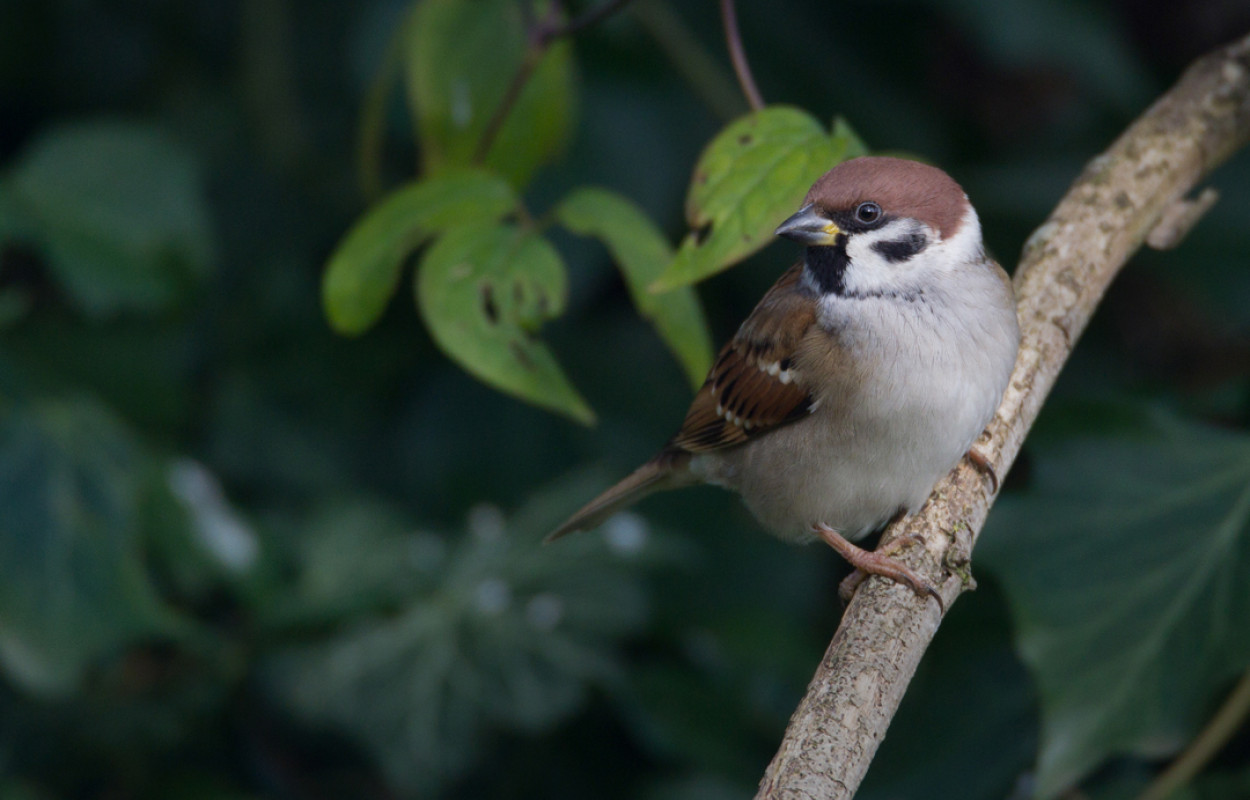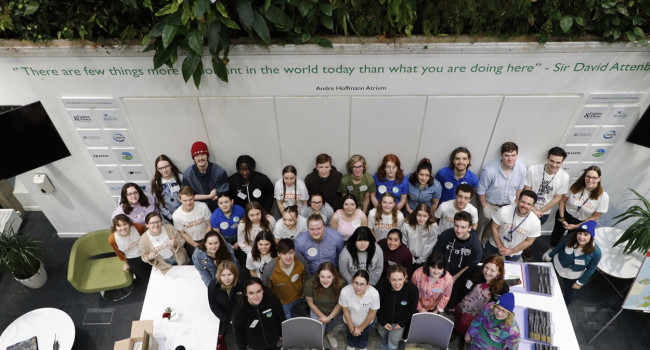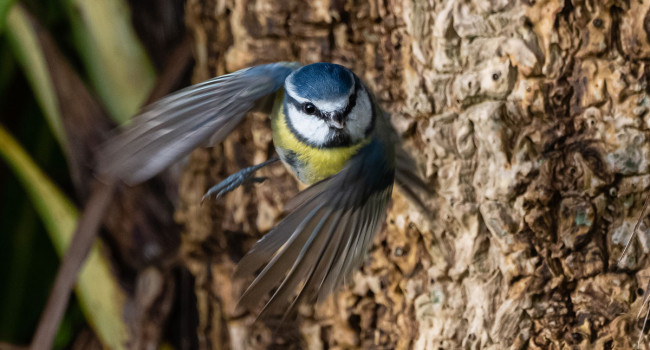Farmland practices are driving bird population decline across Europe

Author(s): Rigala, S., Dakos, V., Alonso, H., Auniņš, A., Benkőe, Z., Brotons, L., Chodkiewicz, T., Chylareck, P., de Carlil, E., del Moral, J.C., Domșa, C., Escandell, V., Fontaine, B., Foppen, R., Gregory, R., Harris, S., Herrando, S., Husby, M., Leronymidou C., Jiguet, J., Kennedy, J., Klvaňová, A., Kmecl, P., Kuczyński, L. , Kurlavičius, P., Kålås J.A., Lehikoinen, A., Lindström, Å, Lorrillière, R., Moshø, C., Nellis, R., Noble, D., Eskildsen, D.P., Paquet, J-Y., Pelissié, M., Pladevall, C., Portolou, D., Reif, J., Schmid, H., Seaman, B., Szabo, Z.D., Szép, T., Florenzano, G.T., Teufelbauer, N., Trautmann, S., van Turnhout, C., Vermouzek, Z., Vikstrøm, T., Voříšek, P., Weiserbs, A. & Devictor, V.
Published: May 2023
Journal: PNAS
Digital Identifier No. (DOI): 10.1073/pnas.2216573120
Our knowledge of European bird populations comes from the efforts of volunteers, contributing to large-scale monitoring of breeding birds in countries across Europe, partnered with researchers at a suite of universities and non-governmental organisations, like BTO and RSPB.
The current study used a high quality dataset on breeding birds in the United Kingdom and the European Union, examining changes in the abundance of birds over several decades. Information on Europe’s breeding birds comes from national breeding bird surveys, coordinated by the Pan-European Common Bird Monitoring Scheme, with the UK’s contribution coming from the BTO/JNCC/RSPB Breeding Bird Survey and its predecessor the Common Birds Census.
The dataset covers an incredible 20,000 monitoring sites, spread across 28 countries and extending over a 37-year period. The researchers were able to use the data to look at the changing fortunes of 170 bird species. Over the study period, which ran from 1980 to 2016, common bird species showed a general decline in abundance of around a quarter (-25.4%).
Numbers of farmland species more than halved over this period (-56.8%) and declines were also noted in woodland birds (-17.7%) and urban birds (-27.8%).
One of the study’s key findings was the negative impact that intensive farming practices have had on bird species across Europe, including the UK. The research found that intensification, defined by a high use of pesticides and fertilisers, has led to the decline of many populations.
In addition to the impacts of intensive farming, the team also uncovered relationships between declines in bird populations and three other widespread pressures linked to human activity – change in forest cover, climate change and urban development.
The findings of this work provide compelling evidence for reducing pesticide use and adopting nature-friendly practices.
Abstract
Declines in European bird populations are reported for decades, but the direct effect of major anthropogenic pressures on such declines remains unquantified. Causal relationships between pressures and bird population responses are difficult to identify as pressures interact at different spatial scales and responses vary among species. Here, we uncover direct relationships between population time series of 170 common bird species, monitored at more than 20,000 sites in 28 European countries, over 37 years, and four widespread anthropogenic pressures, namely agricultural intensification, change in forest cover, urbanization, and climate change (focusing on temperature), over the last decades. We quantify the influence of each pressure on bird population time series as well as its importance relative to other pressures, and we identify the traits of most affected species. We find that agricultural intensification, in particular pesticides and fertilizer use, is the main pressure for most bird population declines, especially for invertebrate feeders. Responses to changes in forest cover, urbanization, and temperature are more species specific. Specifically, forest cover is associated with a positive effect on population dynamics, growing urbanization is associated with a negative effect on population dynamics, while temperature change has an effect on the dynamics of a large number of bird populations, the magnitude and direction of which depend on species’ thermal preferences. Our results not only confirm the pervasive and strong effects of anthropogenic pressures on common breeding birds, but also quantify the relative strength of these effects, stressing the urgent need for transformative changes in the way of inhabiting the world in European countries, if bird populations shall have a chance of recovering.








Share this page